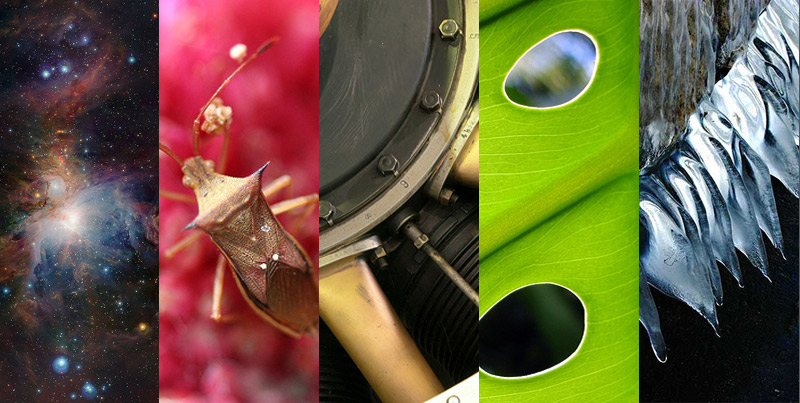
Photo: Mike LaBarbera/Flickr
If you need to find your way around chances are you’ll consult Google Maps, a GPS, or if you’re feeling old-fashioned, a map (you know, those big, foldable things made out of paper?). But what if you’re a dung beetle with no wireless access or or pockets to hold said map? Then you just have to make do with the world around you, or rather, above you.
When dung beetles forage for, well, you know, they typically make their own little ball of the stuff and roll it away from the source. When all the beetles push their meal radially away from the dung pile, they each end up with their own private space to eat, away from scavengers. Unfortunately, rolling in a straight line can be difficult when you’re pushing the ball from behind… and you’re backwards. That’s when the beetles turn their little eyes up to the sky and use the heavens to navigate, just like sailors did in antiquity.
On nights with a moon, beetles use polarized moonlight to chart a straight course, according to Marie Dacke at Lund University in Sweden. But when there’s no moon, the beetle needs to use a different kind of light. To figure out how they navigate, Dacke and her team put little cardboard hats on the beetles so they couldn’t see the night sky. Predictably, the beetles traveled erratic, crooked paths. Individual stars didn’t help either; the beetles were placed in a planetarium displaying only 18 stars. Since the beetles’ vision isn’t keen enough to see each star, they also traveled in loopy patterns.
It turns out the beetles use the skirts of our galaxy to find their way. By looking up at the hazy outline of the Milky Way, the beetles follow a more or less straight course.
Hopefully the little guys will steer clear of smog-free areas.
